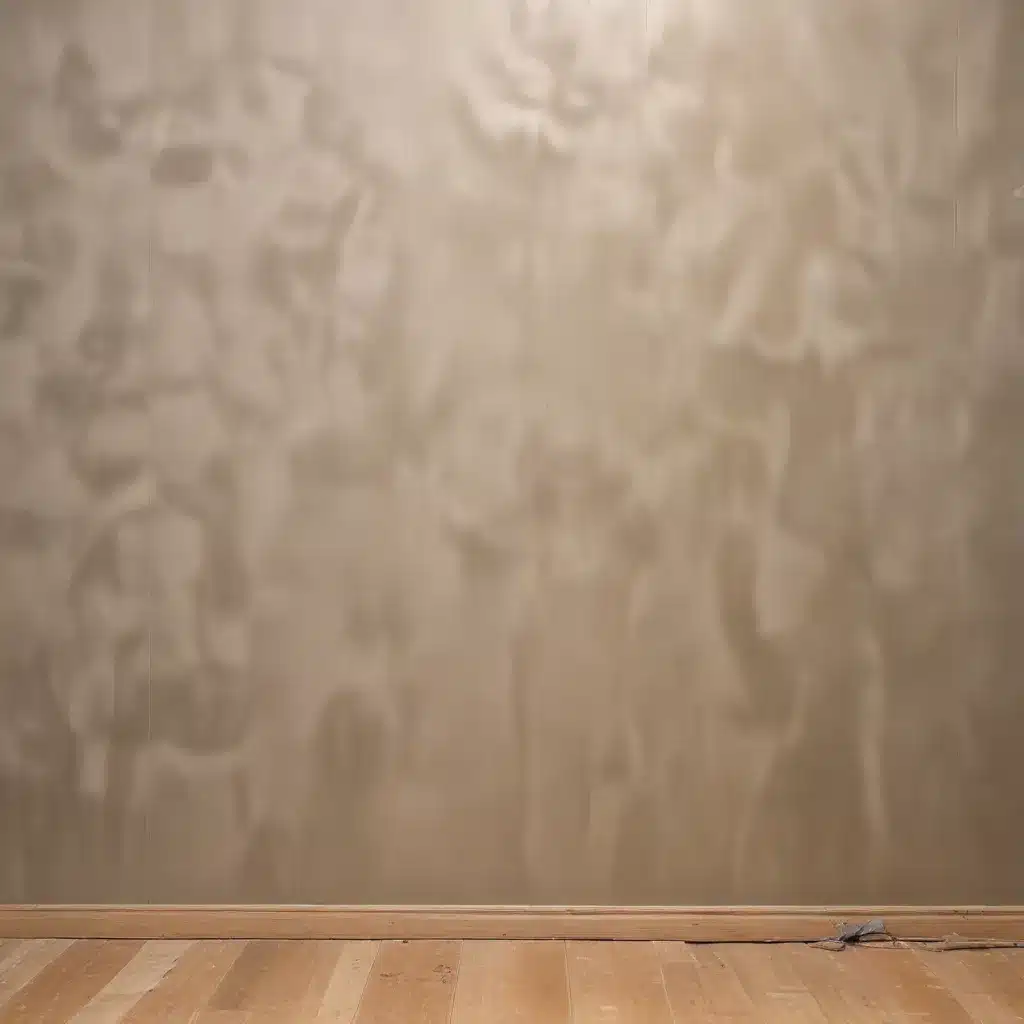As an experienced home improvement consultant, I’ve had the pleasure of working with countless homeowners who are eager to create a peaceful, noise-free living environment. Whether you’re dealing with loud neighbors, a busy street, or simply want to enjoy more acoustic privacy within your own home, effective soundproofing can be a game-changer. In this comprehensive guide, I’ll share proven renovation tips and tricks to help you reduce unwanted noise and transform your living space into a serene oasis.
Understanding Sound Transmission in Homes
Before we dive into the practical solutions, it’s important to understand the two primary ways sound can travel through a home: airborne sound transmission and impact sound transmission.
Airborne Sound Transmission
Airborne sound refers to noise that travels through the air, such as voices, music, or traffic. This type of sound can penetrate walls, floors, and ceilings, making it a common challenge in multi-unit dwellings or open-concept homes. Effective soundproofing for airborne noise often involves adding mass and density to partitions to block the sound waves.
Impact Sound Transmission
Impact sound is caused by physical vibrations, such as footsteps, dropped objects, or the pounding of a washing machine. This type of noise can be felt and heard through the structure of the building, making it a particular problem for floors and shared walls. Addressing impact sound requires dampening the vibrations and decoupling the noise source from the building components.
Common Noise Sources in Homes
Identifying the primary sources of noise in your home is the first step toward effective soundproofing. Some of the most common culprits include:
- Neighbors (loud conversations, TV, music, pets)
- Household appliances (washing machines, dishwashers, HVAC systems)
- Plumbing and bathroom activities
- Children playing or running
- Traffic noise from nearby roads or railways
By understanding the type and origin of the sound, you can tailor your soundproofing strategies to address the specific challenges in your home.
Acoustic Insulation Materials for Soundproofing
When it comes to soundproofing, the materials you choose can make a significant difference in their effectiveness. Let’s explore some of the most popular and effective acoustic insulation options:
Fiberglass and Mineral Wool Insulation
Fiberglass and mineral wool insulation are excellent choices for improving sound absorption and reducing airborne noise transmission. These materials work by trapping and dissipating sound waves, effectively dampening the impact of noise. They are relatively inexpensive, easy to install, and offer the added benefit of thermal insulation.
Mass-Loaded Vinyl Barriers
Mass-loaded vinyl (MLV) is a high-density, soundproofing material that acts as a barrier to block sound transmission. When installed behind drywall or between framing members, MLV can significantly reduce the amount of noise that passes through walls and floors. It’s an effective solution for both airborne and impact sound.
Resilient Channels and Clips
Resilient channels and resilient clips are innovative products designed to decouple the drywall from the framing, creating a gap that helps to isolate noise. By breaking the direct connection between the wall surfaces, these accessories can effectively reduce the transmission of impact sound and improve the overall soundproofing performance of your walls and ceilings.
Soundproofing Interior Walls and Ceilings
Focusing on the interior walls and ceilings of your home is crucial for achieving effective soundproofing. Here are some strategies to consider:
Drywall Construction Techniques
The way your drywall is installed can have a significant impact on its soundproofing capabilities. Techniques like staggered stud framing, double-layer drywall, and the use of resilient channels can all contribute to improved noise reduction.
Soundproof Drywall Options
In addition to standard drywall, there are specialized soundproof drywall products available, such as mass-loaded vinyl-backed drywall and sound-damping drywall that incorporate viscoelastic materials. These alternatives offer enhanced sound-blocking properties compared to regular drywall.
Ceiling Soundproofing Methods
Addressing noise transmission through ceilings is just as important as walls. Strategies like installing additional insulation, using resilient channel or clip systems, and incorporating soundproof drywall can all contribute to a quieter living environment.
Exterior Envelope Soundproofing
While interior soundproofing is crucial, don’t overlook the impact of your home’s exterior envelope. Focusing on these areas can also yield significant noise reduction benefits.
Windows and Door Upgrades
Upgrading your windows and doors to high-performance, sound-insulating models can make a noticeable difference in reducing outside noise intrusion. Look for options with robust seals, laminated glass, and specialized acoustic ratings.
Roof and Wall Insulation
Proper thermal insulation in your roof and walls not only improves energy efficiency but also helps to block airborne sound transmission. Combining insulation with other soundproofing measures, such as MLV or resilient channels, can create a synergistic effect.
Landscaping for Noise Reduction
Strategically placing trees, shrubs, and other landscaping elements around your home can help to absorb and deflect noise from nearby sources, such as busy roads or industrial areas. This “green” soundproofing approach can be a cost-effective and visually appealing solution.
By addressing both the interior and exterior of your home, you can create a comprehensive soundproofing strategy that effectively reduces unwanted noise and provides the peace and tranquility you deserve. Remember, every home and noise challenge is unique, so it’s essential to evaluate your specific needs and budget to determine the most appropriate soundproofing solutions.
For more renovation tips, design inspiration, and DIY guidance, be sure to visit Reluctant Renovator. Our team of experienced home improvement consultants is here to help you transform your living space into a haven of comfort and serenity.




